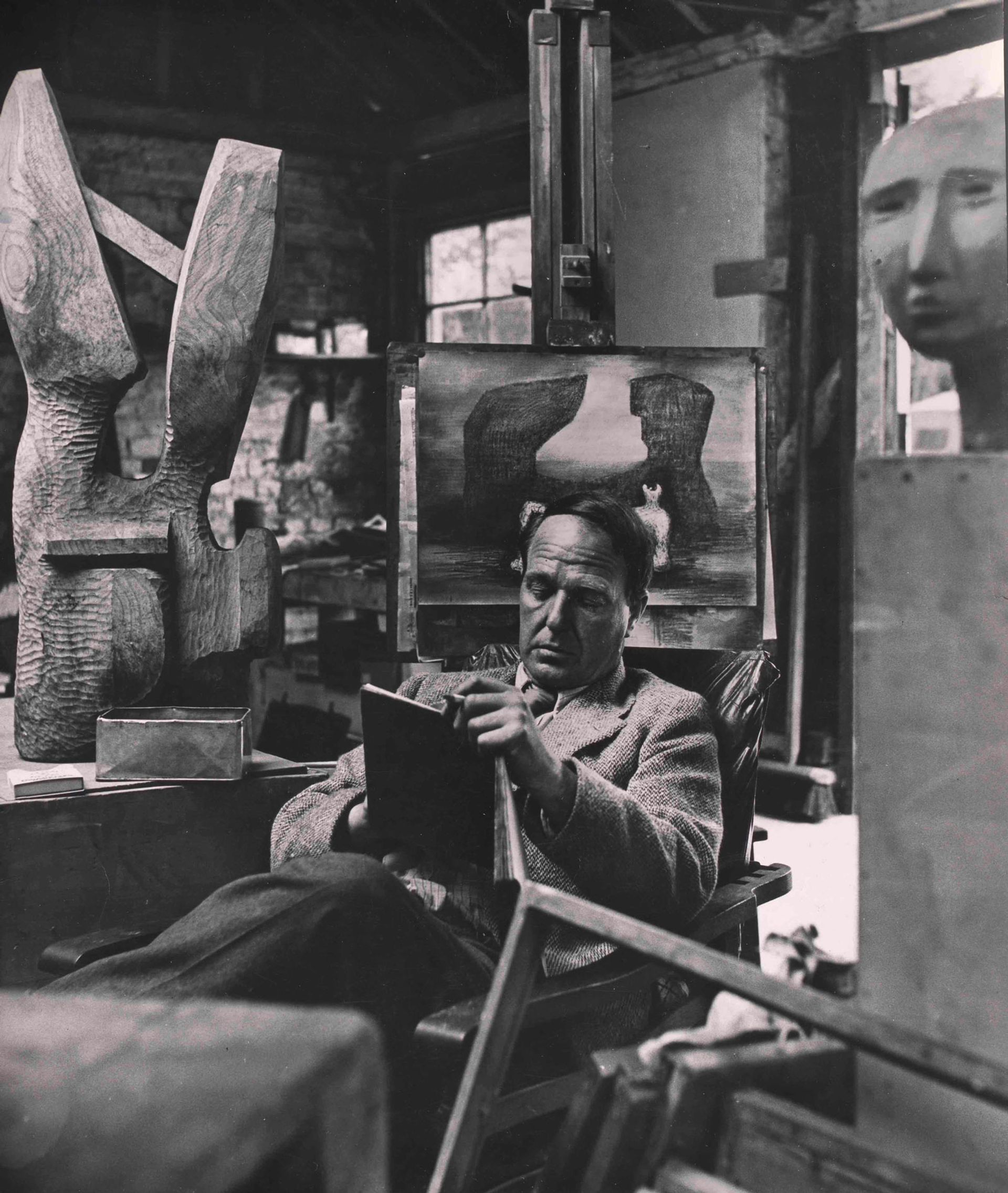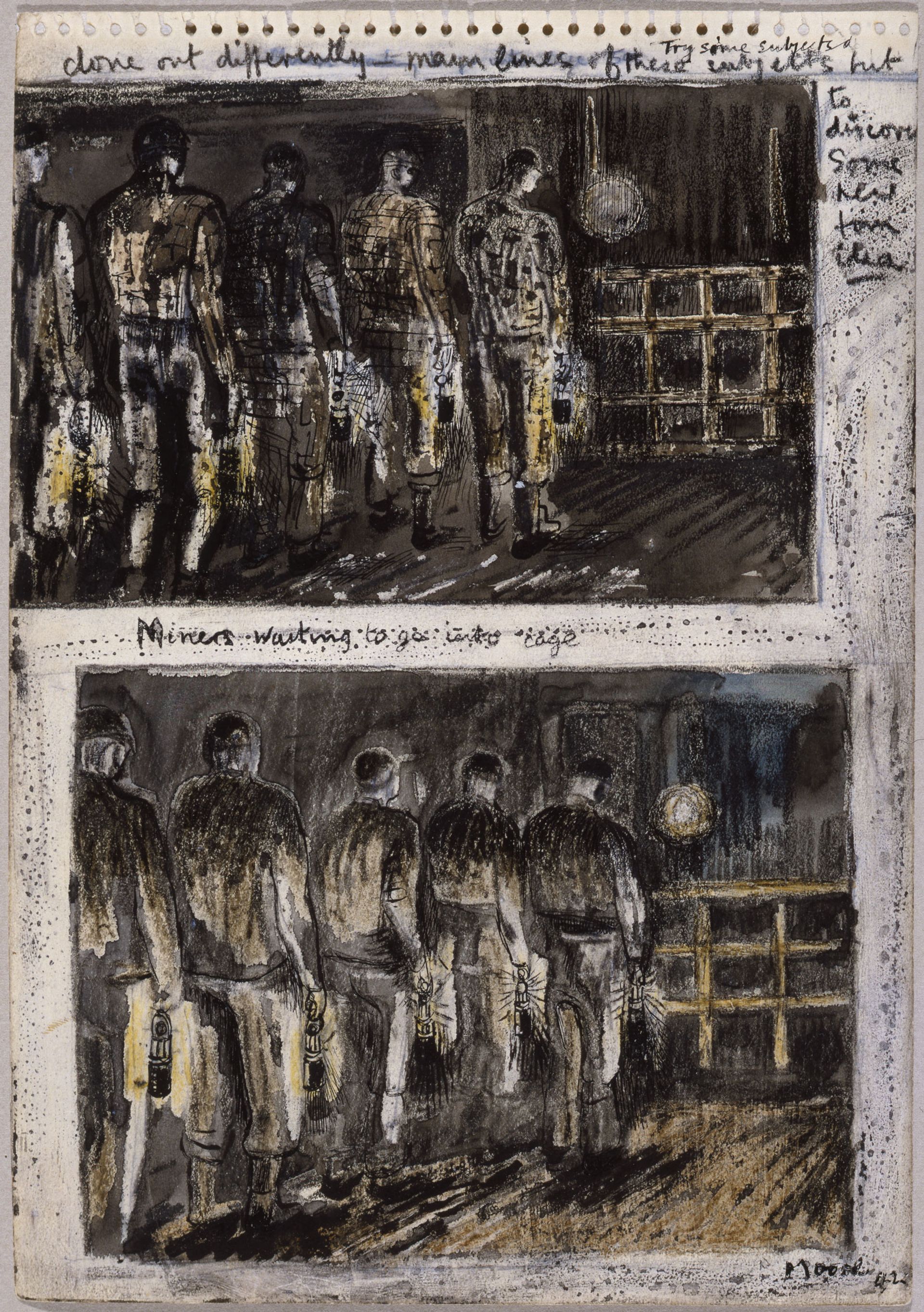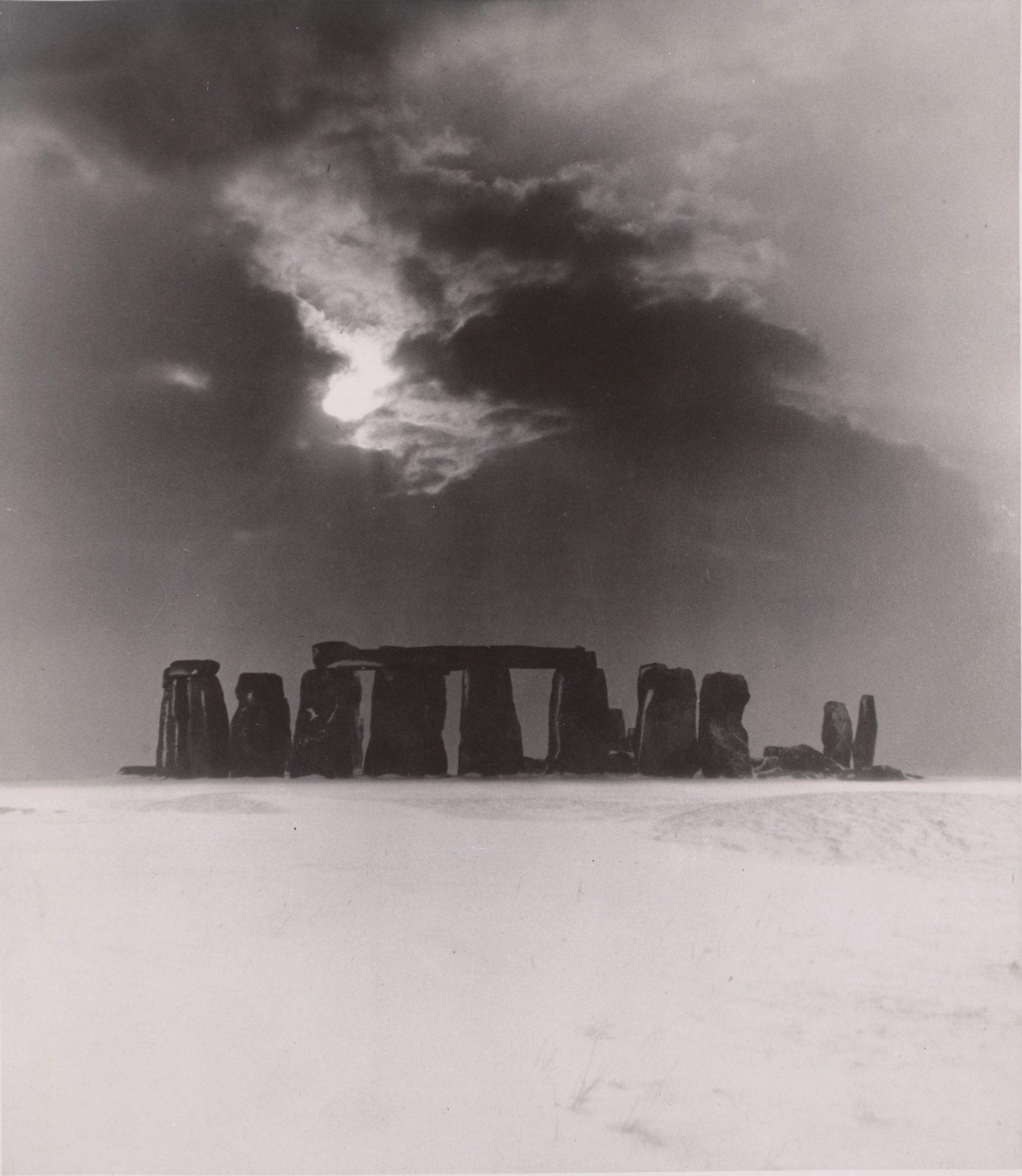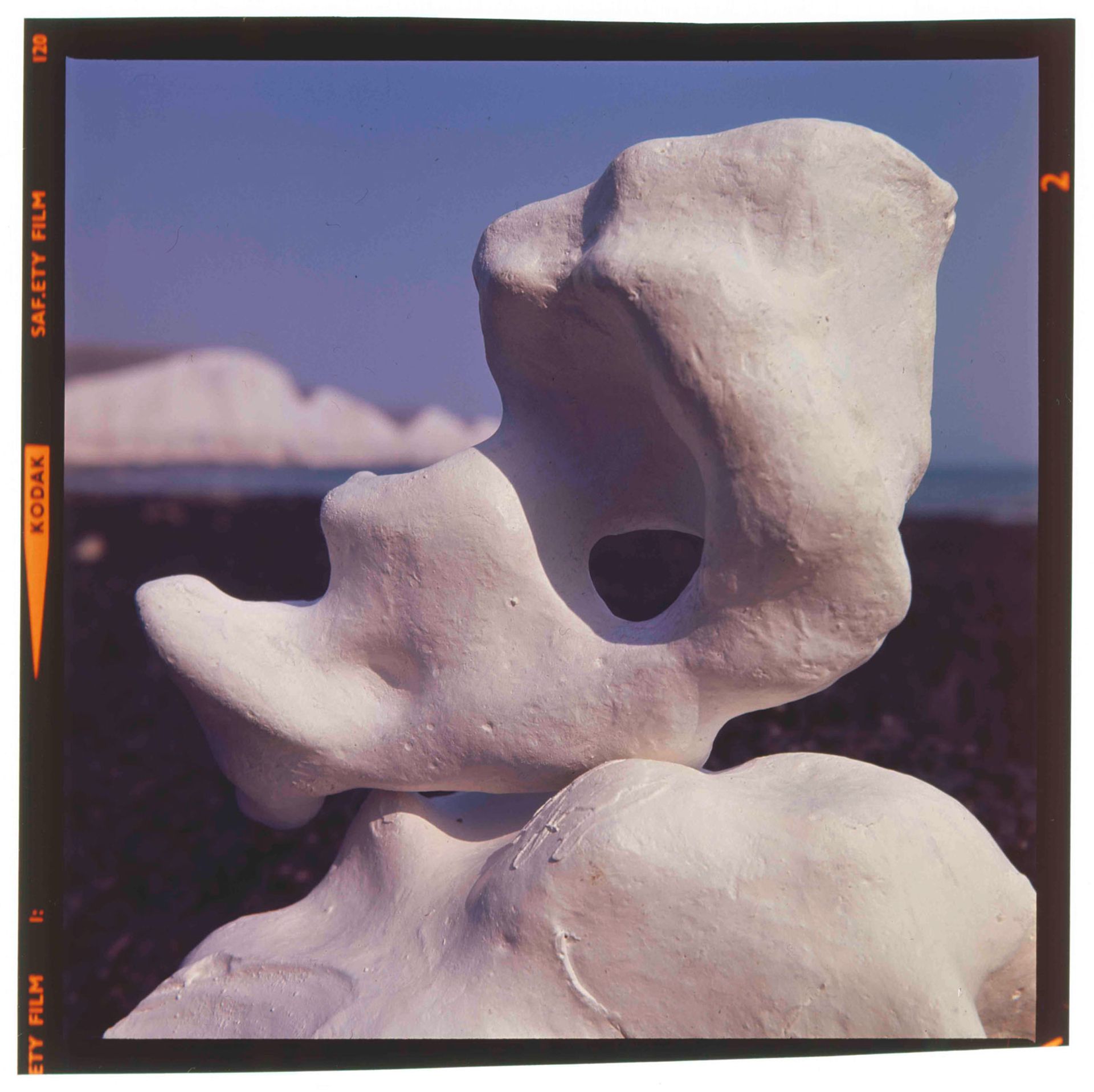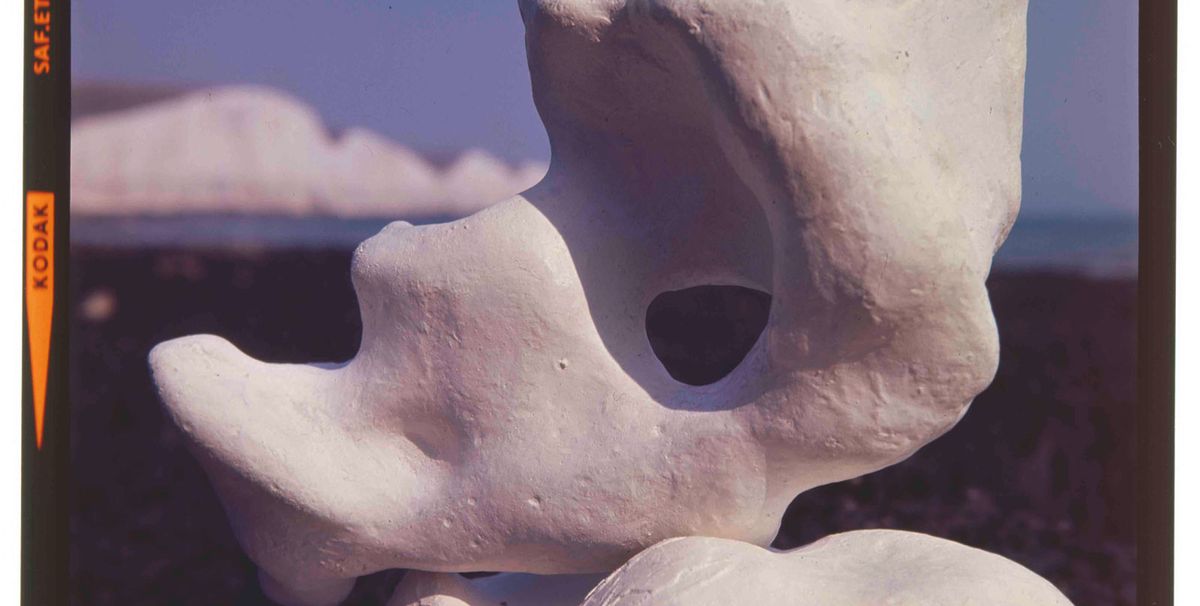The photographer Bill Brandt and the artist Henry Moore first met in 1942 during a photoshoot for the now defunct Liliput magazine. Moore’s portrait was being taken by Brandt for a feature on both men’s work, which they had made of Londoners during the Blitz. A new exhibition opening this week has reunited the works of the Hamburg-born British photographer and the Yorkshire-born sculptor, showing how the careers of both men intertwined and overlapped. With more than 200 works, including sculptures, photographs, and drawings, the show highlights how both artists responded to shared interests, including poor mining communities in the north of England, geological features in the landscape and the sculptural qualities of the human figure. The exhibition is organised with the Yale Center for British Art and is accompanied by a new book published by Yale University Press. Below, the exhibition’s assistant curator Clare Nadal tells us the stories behind five works in the show.
• Bill Brandt, Henry Moore, The Hepworth Wakefield, Wakefield, 7 February-31 May; Yale Center for British Art, New Haven, 25 June-13 September; Sainsbury Centre, Norwich, 22 November-28 February 2021


